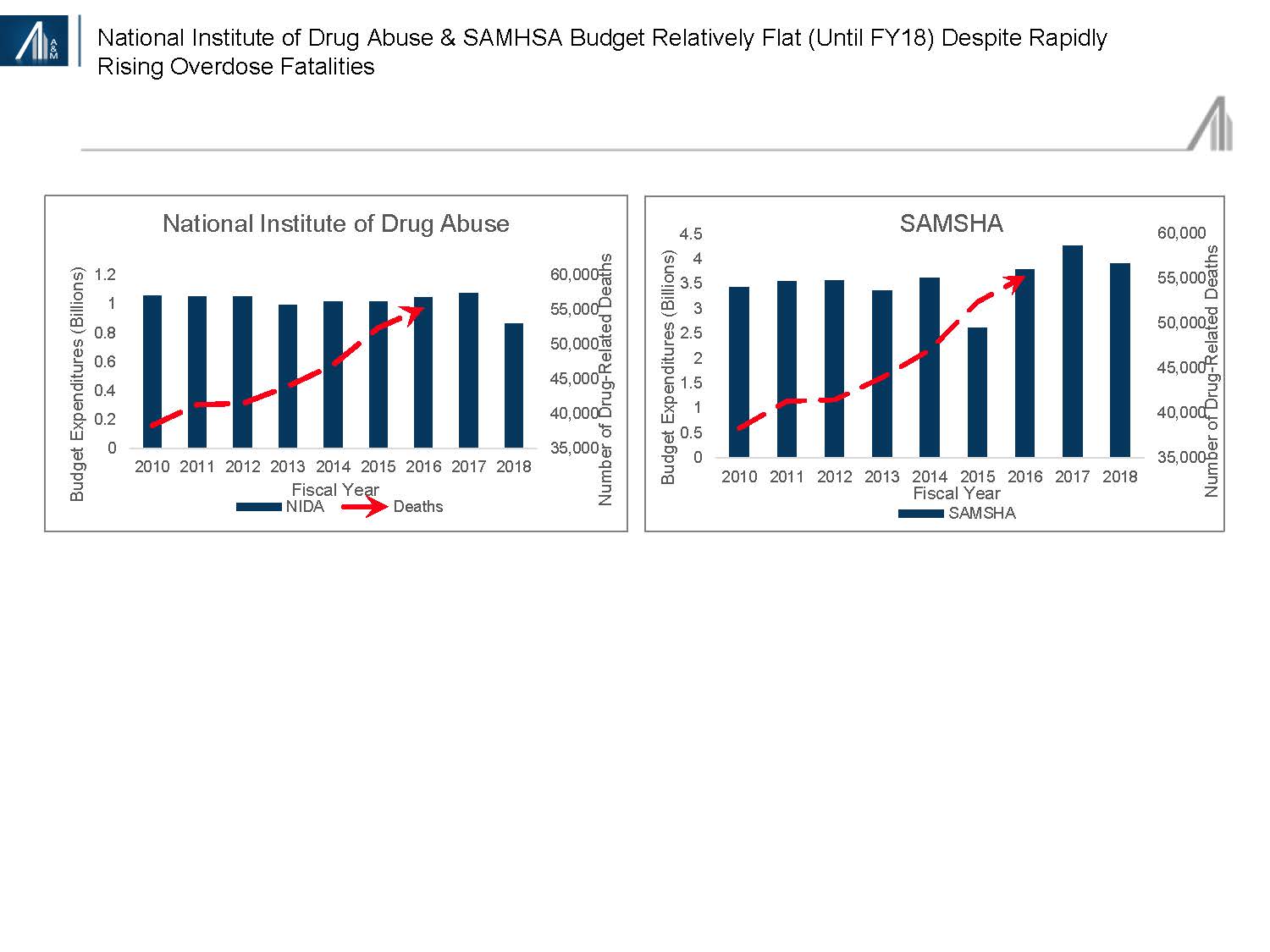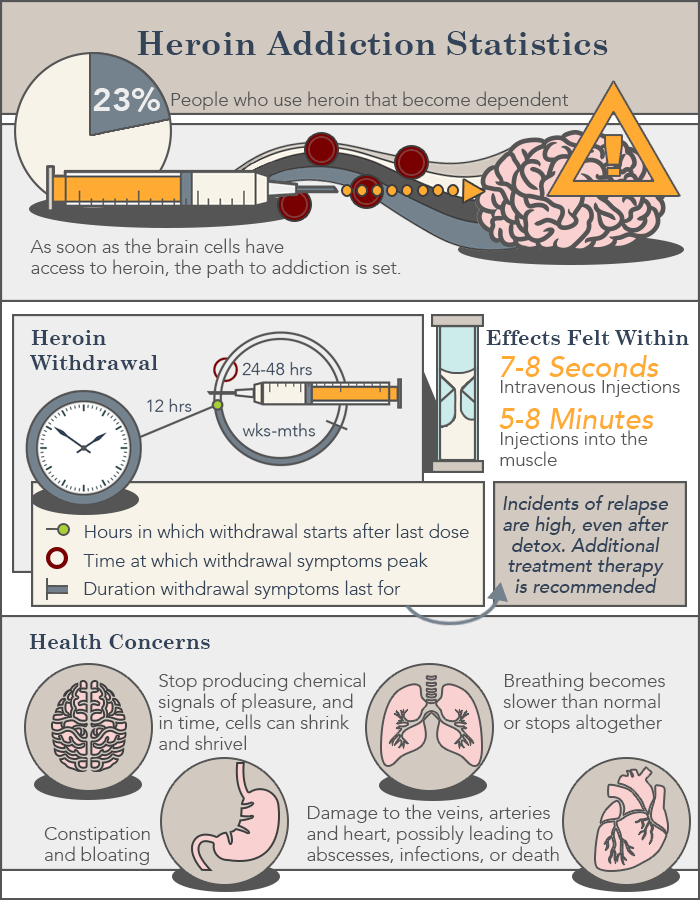Different types of programs offer aid in drug rehabilitation, consisting of: property treatment (in-patient/out-patient), regional assistance groups, extended care centers, healing or sober homes, dependency counselling, psychological health, and treatment. Some rehabilitation centers offer age- and gender-specific programs. In an American study of treatment service providers from 3 separate institutions (the National Association of Alcoholism and Substance Abuse Counselors, Rational Recovery Systems and the Society of Psychologists in Addictive Behaviors) measuring the treatment service provider's actions on the Spiritual Belief Scale (a scale determining belief in the four spiritual qualities Twelve step programs recognized by Ernest Kurtz); the ratings were discovered to describe 41% of the variance in the treatment supplier's actions on the Dependency Belief Scale (a scale measuring adherence to the illness model or the free-will model dependency).
The National Institute on Drug Abuse (NIDA) advises cleansing followed by both medication (where appropriate) and behavioral therapy, followed by regression prevention. According to NIDA, reliable treatment should attend to medical and mental health services along with follow-up alternatives, such as community or family-based healing assistance systems. Whatever the approach, patient inspiration is an essential consider treatment success.
Medication like methadone and buprenorphine can be used to treat dependency to prescription opiates, and behavioral treatments can be used to deal with dependency to prescription stimulants, benzodiazepines, and other drugs. Types of behavioral therapy include: Cognitive-behavioral therapy, which seeks to help patients to recognize, prevent and handle situations in which they are probably to relapse.
Inspirational speaking with, which is designed to increase patient motivation to alter behavior and enter treatment. Inspirational rewards, which utilizes positive support to motivate abstinence from the addicting compound. EEG Biofeedback augmented treatment enhances abstinence rates of 12-step, faith-based and clinically helped dependency for cocaine, methamphetamine, alcoholism and opioid addictions. Treatment can be a long process and the period depends on the client's requirements and history of abuse.
Certain opioid medications such as methadone and more buprenorphine are widely utilized to deal with dependency and reliance on other opioids such as heroin, morphine or oxycodone. Methadone and buprenorphine are upkeep therapies planned to lower cravings for opiates, therefore minimizing illegal drug usage, and the risks related to it, such as illness, arrest, incarceration, and death, in line with the viewpoint of harm decrease.
All available research studies gathered in the 2005 Australian National Examination of Pharmacotherapies for Opioid Reliance suggest that maintenance treatment is preferable, with really high rates (79100%) of regression within three months of detoxification from levo-- acetylmethadol (LAAM), buprenorphine, and methadone. According to the National Institute on Drug Abuse (NIDA), patients supported on adequate, sustained doses of methadone or buprenorphine can keep their tasks, prevent criminal offense and violence, and reduce their direct exposure to HIV and Hepatitis C by stopping or lowering injection substance abuse and drug-related high risk sexual behavior.
Who Has The Best Sex Addiction Treatment In The Country Mississippi - Questions
It is normally recommended in outpatient medical conditions. Naltrexone obstructs the euphoric effects of alcohol and opiates. Naltrexone cuts relapse threat during the very first 3 months by about 36%. However, it is far less effective in assisting patients maintain abstinence or maintaining them in the drug-treatment system (retention rates typical 12% at 90 days for naltrexone, typical 57% at 90 days for buprenorphine, average 61% at 90 days for methadone).
To date, there have actually never been any regulated studies showing it to be reliable, and it is declined http://troypffu213.xtgem.com/excitement%20about%20how%20to%20open%20an%20addiction%20treatment%20center as a treatment by physicians, pharmacists, or addictionologist. There have actually also been numerous deaths connected to ibogaine use, which triggers tachycardia and long QT syndrome. The drug is a prohibited Schedule I managed compound in the United States, and the foreign facilities in which it is administered from tend to have little oversight, and range from motel rooms to one moderately-sized rehab center.
These medications include bupropion and nortriptyline. Bupropion hinders the re-uptake of nor-epinephrine and dopamine and has been FDA authorized for smoking cessation, while nortriptyline is a tricyclic antidepressant which has been utilized to aid in smoking cessation it has actually not been FDA approved for this sign. Acamprosate, disulfiram and topiramate (an unique anticonvulsant sulphonated sugar) are likewise utilized to treat alcohol addiction.
Disulfiram (also called Antabuse) produces an extremely unpleasant reaction when drinking alcohol that includes flushing, nausea and palpitations. It is more efficient for patients with high inspiration and some addicts utilize it only for high-risk circumstances. Clients who wish to continue drinking or might be most likely to regression needs to not take disulfiram as it can result in the disulfiram-alcohol response pointed out formerly, which is extremely serious and can even be fatal.
Compound abusers also often use the gas as an inhalant. Like all other inhalants, it's popular since it provides consciousness-altering results while permitting users to prevent some of the legal problems surrounding illegal or prohibited drugs of abuse. Abuse of nitrous oxide can produce substantial short-term and long-lasting damage to human health, consisting of a type of oxygen hunger called hypoxia, mental retardation, and a major Addiction Treatment Delray vitamin B12 shortage that can cause nerve damage.
In-patient residential treatment for alcohol abuse is typically rather costly without appropriate insurance coverage. The majority of American programs follow a 2830 day program length. The length is based solely upon suppliers' experience. Throughout the 1940s, customers remained about one week to get over the physical changes, another week to understand the program, and another week or 2 to end up being stable.
Getting My How To Preserve Relationships During And After Treatment For Addiction Scholarly To Work
These consist of, but are not limited to AA, Narcotics Anonymous, Drug Anonymous and Al-Anon. One current study suggests the value of household involvement in residential treatment patient retention, finding "increased program completion rate for those with a family member or loved one associated with a seven-day Learn here household program". Clients with extreme opioid addiction are being provided brain implants to assist decrease their cravings, in the first trial of its kind in the US.

Surgical treatment follows with physicians making a small hole in the skull in order to insert a tiny 1mm electrode in the particular area of the brain that controls impulses such as addiction and self-control. This treatment is for those who have actually stopped working every other treatment, whether that is medication, behavior modification, social interventions.
The definition of recovery stays divided and subjective in drug rehab, as there are no set requirements for measuring healing. The Betty Ford Institute defined healing as achieving complete abstinence as well as personal wellness while other studies have actually thought about "near abstinence" as a definition. The large range of meanings has complicated the procedure of selecting rehab programs. how to provide addiction treatment for those who do not have insurance or medicaid.
Individuals founded guilty of minor drug offenses may be sentenced to rehab instead of prison, and those convicted of driving while drunk are sometimes needed to attend Alcoholics Anonymous conferences. There are a multitude of methods to deal with an alternative sentence in a drug possession or DUI case; increasingly, American courts want to check out outside-the-box techniques for delivering this service.
